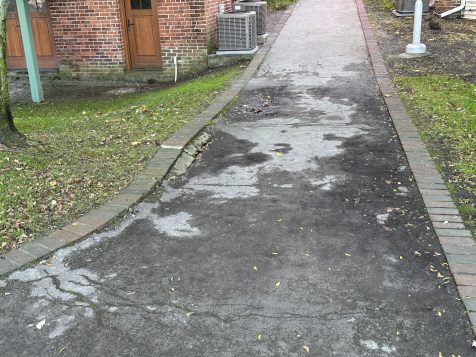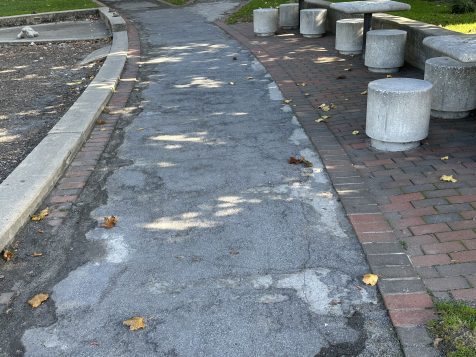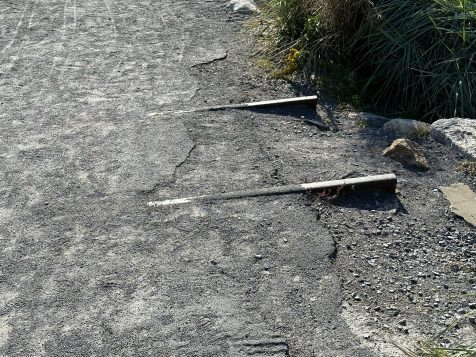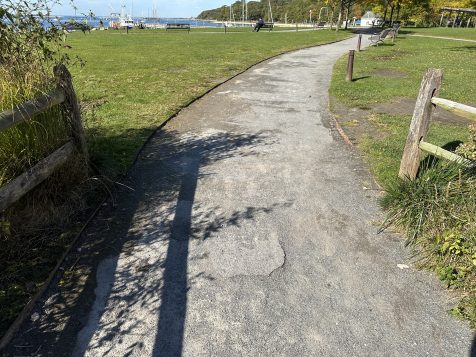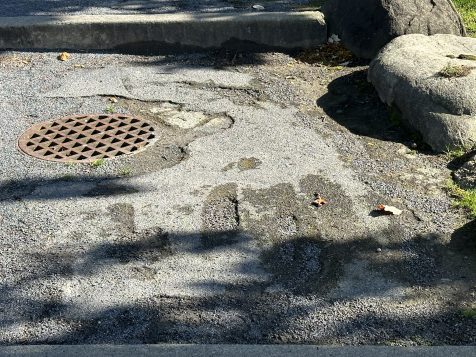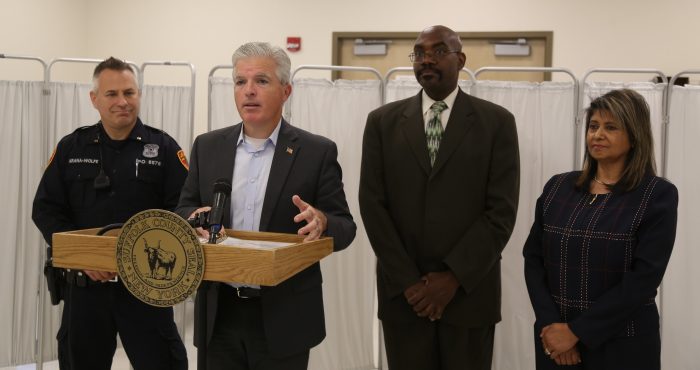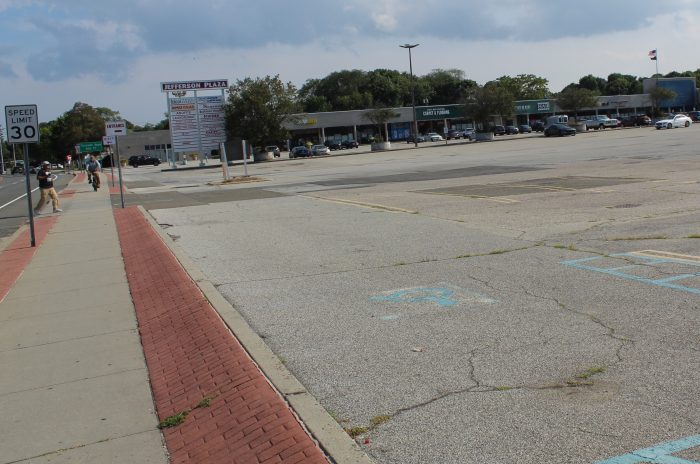A new state law has public officials from Suffolk County up in arms.
Gov. Kathy Hochul (D) signed the Clean Slate Act on Thursday, Nov. 16, which allows certain criminal records to be sealed years after an individual is sentenced or released from incarceration. The law automatically seals certain criminal records after a required waiting period — three years after conviction or release from jail for a misdemeanor and eight years after conviction or release from prison for a felony — if the criminal has maintained a clean record, is no longer on probation or parole and has no other pending charges.
The legislation still provides access to sealed records “for certain necessary and relevant purposes,” such as law enforcement, licensing or employment for industries requiring a background check, employment in jobs interacting with children, the elderly or other vulnerable groups and application for a gun, commercial driver’s license and public housing.
The state Assembly passed the bill in June 83-64, with the Senate also upvoting the measure 38-25. In a signing ceremony, Hochul referred to the bill as a means for creating jobs and deterring recidivism among convicted felons.
“My number one job as the New York State governor is to keep people safe,” she said. “And I believe that the best anti-crime tool we have is a job.”
She added, “When people have steady work, they’re less likely to commit crimes and less likely to be homeless.”
New York becomes the 12th state to enact Clean State legislation, according to the governor’s website.
Homegrown opposition
State and local officials joined first responders and crime advocates outside the Suffolk County Police Benevolent Association headquarters in Brentwood on Friday morning, Nov. 17, blasting the measure as out of touch with the needs of residents.
Suffolk County Executive-elect Ed Romaine (R) acknowledged that there are cases in which records should be sealed but suggested these matters should be considered on a case-by-case basis and determined through the court system instead of the legislative process.
“I think it should be up to the judges,” he said. “I don’t think [sealing criminal records] should be automatic. I think this bill is not the right thing to do, and I think it does weaken the criminal justice system.”
New York State Sen. Dean Murray (R-East Patchogue) reiterated Romaine’s sentiments: “A clean slate, carte blanche for everyone — that’s just plain dangerous.”
State Assemblyman Steve Stern (D-Dix Hills) said that while he believes in second chances for convicted criminals, the bill exempts only a “small list” of criminal offenders.
“It doesn’t take into account nearly all the types of egregious crimes that impact so many victims, their families and our entire community,” he said. “Manslaughter, armed robbery, terrorism offenses, hate crimes … these are cases where there’s been due process, where there’s been convictions and sentencing.”
The state assemblyman added, “In these kinds of very troubling times, employers, employees, victims, families, neighbors and community members … all have the right to know.”
State Assemblyman Ed Flood (R-Port Jefferson) said the bill would exacerbate the conditions of the opioid epidemic, expunging the criminal records of drug dealers who continue trafficking opioids throughout the county. He said financial criminals, such as Ponzi schemers and elder scammers, receive similar protections under the new law.
“People are entitled to a second chance, but it shouldn’t be us legislators doing this,” he said. “It should be through the judicial system.”
To learn more about the Clean Slate Act, please visit assembly.state.ny.us/cleanslate.




